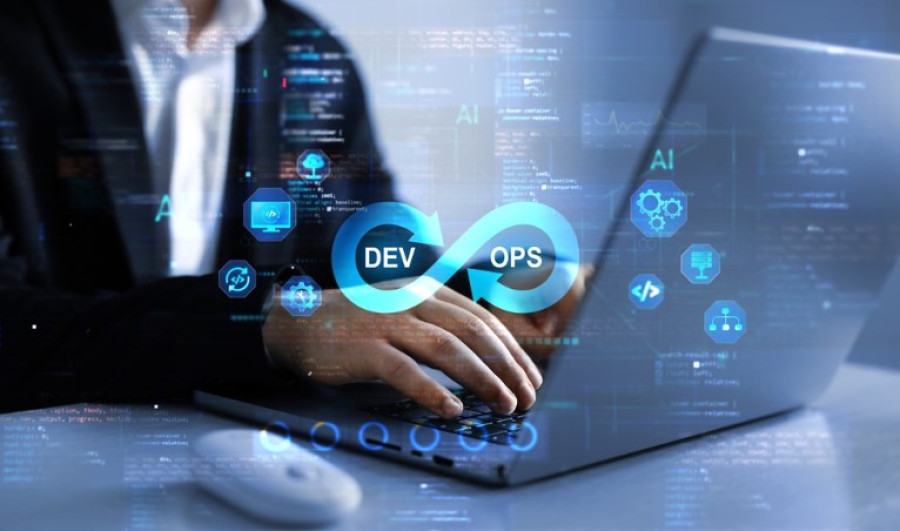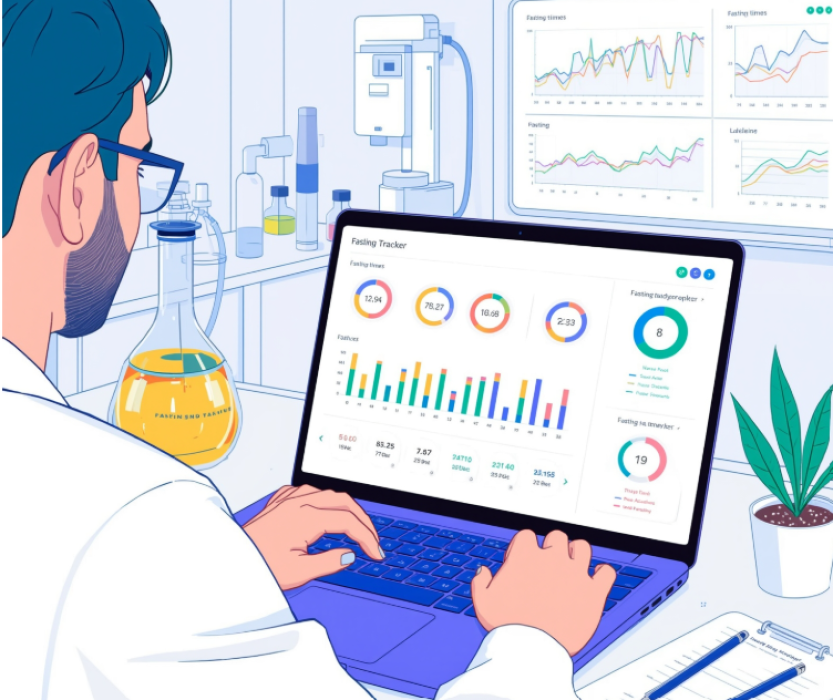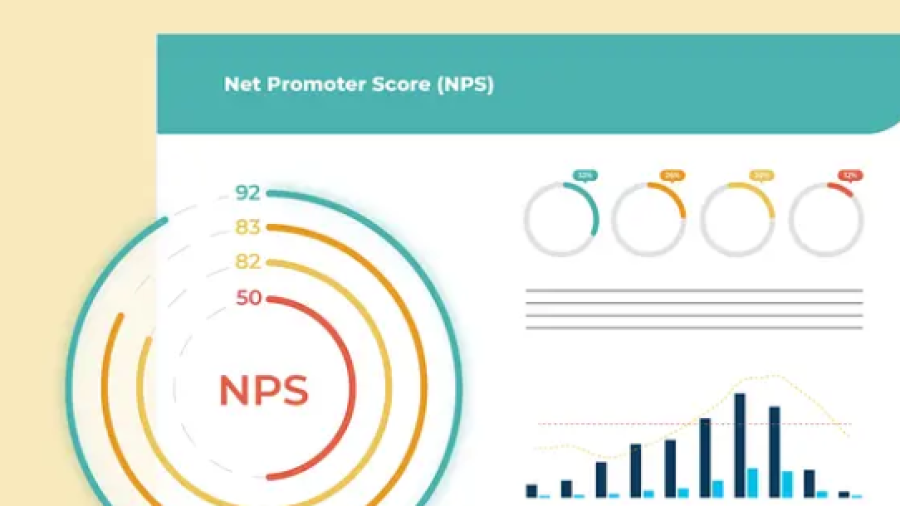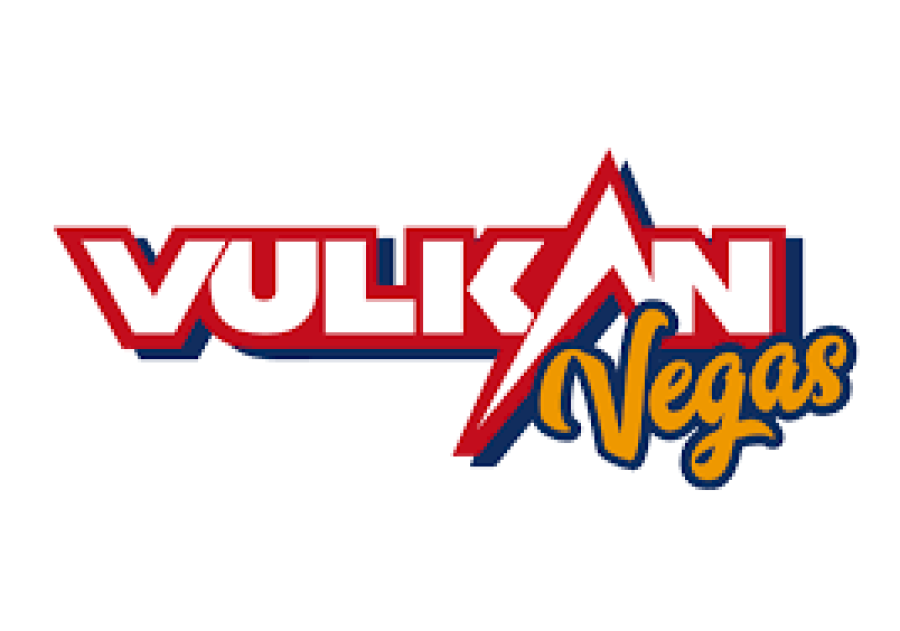ICRRD Journal (New York, 10 November, 2022): The complexity of modern IT infrastructure is growing rapidly as organizations embrace cloud-native architectures, microservices, and distributed systems. Traditional monitoring methods struggle to keep up with these dynamic environments, where workloads scale unpredictably, and issues can cascade through decentralized infrastructures. With microservices running across multiple cloud environments, pinpointing failures becomes a significant challenge, and conventional tools often miss critical signals, leading to delays, extended downtimes, and frustrated teams.
This complexity also results in alert fatigue, with DevOps teams overwhelmed by an unmanageable volume of alerts, many of which are false positives. Engineers are forced to sift through vast amounts of logs, metrics, and traces to find the root cause of issues—a process that is time-consuming, inefficient, and prone to human error. What if infrastructure could self-manage and predict problems before they occur?
This is where AI-powered observability comes in. Unlike traditional monitoring, which relies on static thresholds and manual analysis, AI-driven tools analyze real-time data, detect anomalies, and trigger automated resolutions. With predictive capabilities, AI can address issues such as performance degradation and system slowdowns before they impact users, ensuring that infrastructure operates more reliably and securely—without human intervention. I’m Srinivasa Rao Singireddy, a Senior DevOps Architect, and I’m here to discuss how AI-powered observability is revolutionizing DevOps—making infrastructure faster, more reliable, and more secure.
AI-Powered Observability: Beyond Traditional Monitoring
The DevOps landscape has evolved rapidly, yet many organizations continue to rely on traditional monitoring tools that generate endless alerts without context. These tools require manual correlation of logs, traces, and metrics—a time-consuming process that doesn’t scale with today’s complex, dynamic environments. Furthermore, traditional monitoring systems typically report issues only after they’ve already occurred, using static thresholds that may not be relevant to modern, cloud-based applications. As a result, engineers are often overwhelmed by alerts, many of which are false positives, leading to alert fatigue and a tendency to ignore notifications.
In contrast, AI-driven observability continuously learns from real-time data, predicting failures and automating remediation. This proactive approach eliminates inefficiencies by understanding the context of alerts and correlating telemetry data across the infrastructure. By leveraging machine learning, AI systems can accurately distinguish between normal behavior and emerging issues, significantly reducing false positives. With AI observability, potential problems are identified and resolved before they escalate into significant outages. This allows DevOps teams to focus on higher-value tasks, such as innovation and improving system performance, rather than wasting time on reactive troubleshooting.
Comparison: Traditional Monitoring vs. AI-Powered Observability
The table highlights the key differences between traditional monitoring and AI-powered observability, showing how AI-driven approaches offer significant advantages in efficiency, automation, and predictive capabilities.
Automated Root Cause Analysis (RCA) and Incident Response
Imagine spending hours searching for the root cause of an outage—combing through logs, correlating telemetry data, and trying to pinpoint the issue. AI-powered root cause analysis (RCA) reduces this process to seconds, allowing teams to resolve incidents before they impact users.
Real-Time Data Ingestion – AI-powered observability platforms continuously ingest and analyze data from logs, metrics, traces, and events, providing end-to-end visibility across the entire tech stack.
Machine Learning-Powered Insights – AI models distinguish between normal fluctuations and genuine anomalies, significantly reducing false positives that often overwhelm DevOps teams in traditional monitoring.
Automated Diagnosis – AI-driven tools pinpoint the root cause of issues instantly, eliminating the need for manual log correlation and guesswork.
Self-Healing Capabilities – Advanced AI observability triggers automated incident response mechanisms, such as rolling back deployments, restarting failing services, or rerouting traffic to minimize impact.
Reduced MTTR (Mean Time to Resolution) – With AI handling diagnosis and remediation, organizations resolve issues faster, ensuring seamless uptime and uninterrupted user experiences.
By leveraging AI-powered RCA and automated incident response, organizations can eliminate downtime, reduce manual workloads, and enhance system reliability—allowing DevOps teams to focus on innovation rather than firefighting.
The image illustrates machine learning techniques for automated root cause analysis in DevOps. (Source: SSRN)
AI for Performance Optimization and Auto-Scaling
One of the biggest challenges in modern DevOps is ensuring that systems scale efficiently. Performance bottlenecks can either lead to:
Over-provisioning, where businesses spend more on cloud resources than they need, or
Under-provisioning, which leads to system slowdowns and failures during peak demand.
AI-driven observability continuously analyzes workload demand and adjusts resources in real-time, ensuring applications scale efficiently without human intervention.
Many organizations still manually estimate required cloud capacity, leading to wasteful spending.
On the other hand, AI-powered observability analyzes historical and real-time usage patterns, predicts demand fluctuations, and automatically scales infrastructure up or down without manual input.
Companies investing in AI-powered auto-scaling no longer waste money on unused capacity or suffer from unexpected crashes due to resource shortages.
Enhancing Security and Compliance Through AI Observability
Security threats evolve as quickly as the infrastructure itself, making it increasingly difficult for traditional security monitoring tools to detect sophisticated cyberattacks. AI-powered observability enhances security by:
Detecting anomalies in real-time
Identifying unauthorized access attempts
Automating compliance enforcement
Unlike static security models, AI-driven observability continuously adapts to new threats. It analyzes network behavior, application access logs, and infrastructure telemetry to detect malicious activity before it escalates. In addition, it provides real-time alerts with context, enabling security teams to take swift action and neutralize risks before they lead to data breaches or significant damage.
Cost Impact of AI-Powered Security:
Understanding the Cost Benefits
Downtime Reduction – AI-powered observability identifies and resolves issues in real-time, significantly reducing operational downtime and financial losses.
Faster Incident Diagnosis – Traditional troubleshooting requires manual log analysis, taking hours to pinpoint failures, whereas AI-driven observability detects and diagnoses issues within seconds.
Lower Security Breach Costs – Cybersecurity incidents cost companies millions per breach, but AI-powered security proactively detects threats, prevents intrusions, and automates threat response, reducing overall risk.
By implementing AI-powered observability, organizations can dramatically cut costs, enhance security resilience, and optimize operational efficiency—future-proofing their infrastructure against disruptions and cyber threats.
AI-Driven Observability in Kubernetes and Cloud-Native Environments
Kubernetes and cloud-native environments present unique challenges for monitoring and observability. The ephemeral nature of containers, coupled with their rapid scaling, makes traditional monitoring ineffective. With numerous microservices and dynamic workloads, traditional tools often struggle to provide real-time insights.
AI observability in Kubernetes enables:
Automated anomaly detection for containerized applications
Real-time performance insights at the pod, node, and cluster levels
Predictive resource allocation, preventing performance degradation
Automated remediation, such as restarting unhealthy pods
In addition, AI-driven observability allows organizations to anticipate and respond to potential disruptions before they impact service. Kubernetes workloads, with the power of AI, become self-optimizing, ensuring peak efficiency, minimal downtime, and seamless scaling, even during high-demand periods.
Self-Healing Infrastructure: AI in Autonomous Operations
The evolution of self-healing infrastructure is a testament to the power of AI observability. Systems can now detect, diagnose, and resolve failures without human intervention, ensuring uptime, reliability, and security.
Imagine an environment where AI detects early signs of application degradation, automatically provisions additional resources, and reroutes network traffic to prevent an outage. This shift from reactive maintenance to proactive optimization marks a fundamental transformation in DevOps.
By implementing AI-powered observability, organizations save millions annually in infrastructure costs, lost productivity, and security expenses.
The image illustrates system performance under varying loads. (Source: IEEE Xplore)
The Future of AI Observability in DevOps
AI observability is not a passing trend—it is the future of DevOps.
As cloud adoption accelerates, organizations that fail to implement AI-driven observability will struggle to maintain system reliability, security, and cost efficiency.
Companies investing in AI-powered observability today are setting themselves up for a future where:
Infrastructure operates autonomously
Downtime is virtually eliminated
Security threats are neutralized before they cause harm
The shift toward AI observability is inevitable. Organizations that embrace this transformation will gain a competitive advantage and ensure that their infrastructure remains resilient, efficient, and secure.
“The future of observability lies not in more observability but in using better processes through ML and AI functions to observe the results of observability, finding and fixing issues faster than human monitoring can handle.” - Mark Peters, Technical Lead at Novetta
Are You Ready for the Future of DevOps?
AI-powered observability is revolutionizing the DevOps landscape by enabling self-healing infrastructure, predictive scaling, and proactive security. Companies that embrace AI-driven monitoring today will gain a competitive advantage, staying ahead of the curve while ensuring maximum performance, security, and cost efficiency. By anticipating potential issues and automating responses, AI allows organizations to optimize their resources, enhance reliability, and prevent costly downtime. As the shift toward cloud-native technologies accelerates, those who fail to implement AI observability risk falling behind and being unable to keep up with the demands of modern infrastructure.
The future is here—are you ready to embrace it?
About the Author
Srinivasa Rao Singireddy is a Senior DevOps Architect with extensive experience in infrastructure automation, AI-driven observability, and AIOps. With a deep background in cloud computing, Kubernetes, and AI-driven monitoring, Srinivasa has worked with leading enterprises to implement next-generation observability solutions. His expertise is enhancing infrastructure performance, security, and automation through cutting-edge AI technologies.
References
ScienceDirect. (2018). A survey on blockchain for big data: Approaches, opportunities, and future directions. Future Generation Computer Systems. https://www.sciencedirect.com/science/article/abs/pii/S0167739X18321496
IEEE Xplore. (2020). Blockchain for the Internet of Things: A systematic literature review. IEEE Internet of Things Journal. https://ieeexplore.ieee.org/abstract/document/9139654
SSRN. (2021). The impact of artificial intelligence on financial market prediction: A deep learning approach. SSRN Electronic Journal. https://papers.ssrn.com/sol3/papers.cfm?abstract_id=5104444
IEEE Xplore. (2022). Integrating artificial intelligence with construction management: Challenges and opportunities. IEEE Transactions on Engineering Management. https://ieeexplore.ieee.org/abstract/document/9935013
Wiley Online Library. (2014). Predictive analytics for cloud-based infrastructures: Challenges and opportunities. Software: Practice and Experience. https://onlinelibrary.wiley.com/doi/abs/10.1002/spe.2250
DL Press. (2019). Enhancing observability in cloud-native environments with AI. International Journal of Intelligent Computing. https://publications.dlpress.org/index.php/ijic/article/view/92









